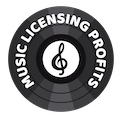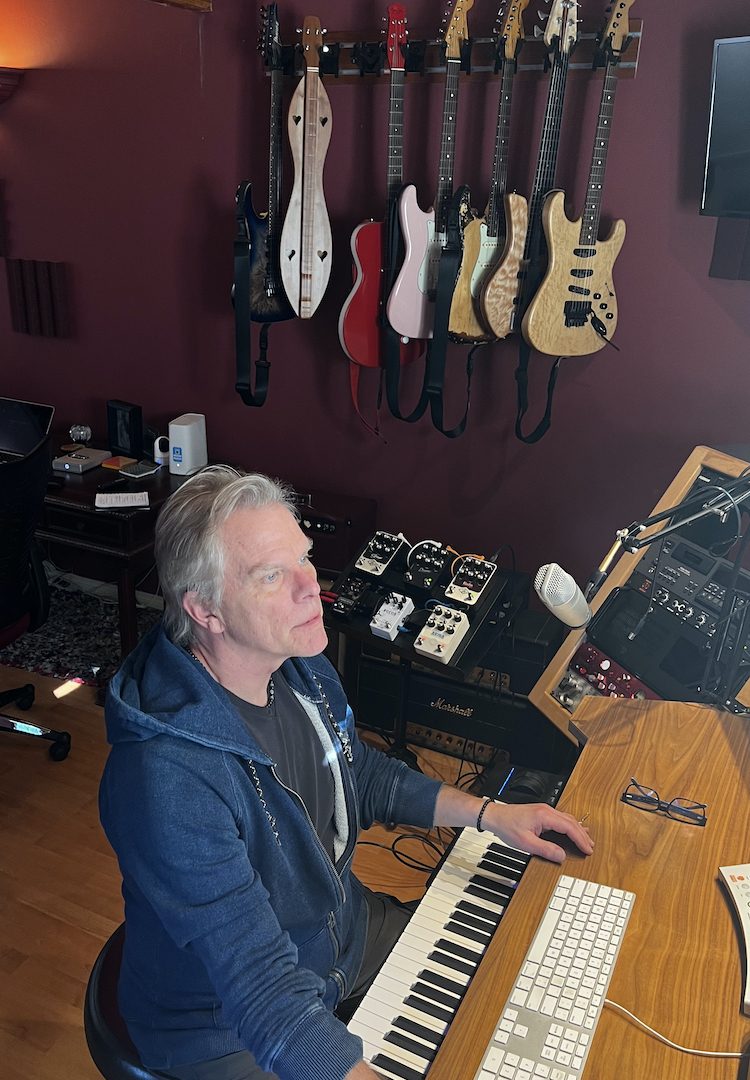So I want to take you for a ride through decades past and explore my personal Music Studio experiences throughout the Mid 1980’s and 1990’s. This column will be a two part series. Part 1 explaining how I got into music recording earlier in my career and what I used, and Part 2 explaining my current studio set up, the Digital technology revolution and what I think beginner songwriters and producers might need to get started in building their own music production studio. I’ve been a Home Studio owner for most of my career. It’s where I’ve recorded most of my scores, commercials, trailer music and songs I’ve placed in Movies and Television. My Home studio is so integrated into my workflow, I’d be lost without it! I’m old enough however, to remember the days back when the personal home music studio was a just a dream!
Back in the late 70’s early 80’s if you had a piece of music to record you had to rent time in a professional recording studio. I can clearly remember the studios I worked in, Criteria Recording studios in Miami Florida for instance. The studios of that era always had a large mixing board as the centerpiece of their room. These boards were made by companies like Trident, API, SSL or Neve. The studio would also contain a 16 or 24 track analog tape recorder possibly made by MCI, Otari or Studer. Various types of outboard pre- amps, EQ’s and Compressors for recording and mixing would also be present as well as a fairly well stocked Microphone closet featuring Dynamic, Condenser and possibly some Ribbon Microphones. These studio rooms were also acoustically treated or “tuned”. The room was “balanced” so as not to be too bass heavy or mid range heavy. If you mixed your track in a bass heavy room you might over-compensate by cutting more low frequencies than necessary. The track might sound great in that room but play the tape somewhere else and your low end was nowhere to be found! Having a frequency-accurate room to mix in is still essential to this day!
Of course these rooms weren’t necessarily cheap and if you needed to edit your mix or do anything last minute you had to wait your turn to get back in.
Amazingly, those days of recording through strictly analog gear are looked back on with a certain nostalgia in the music community. To this day a lot of bands refuse to go the Digital recording route, preferring to stay in the analog world. I must admit there is a certain sound that is associated with analog that is unique! The warmth and fatness you get from sending healthy signal to tape is something to behold. At healthy signal levels tape warmly saturates in a very pleasing way! Just as my music production techniques were developing, I found myself in the midst of a Music Technology revolution that changed just about everything in the music industry almost overnight! In the next installment we’ll explore how Digital technology completely reinvented music production techniques throughout the late eighties, nineties, and into the 21st century!
Discover Where The Money’s Hiding in the Music Business, in 2023

